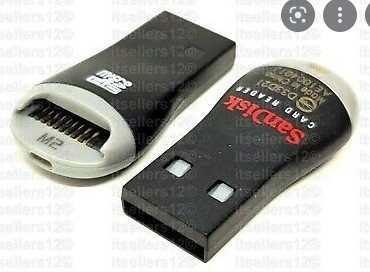No, they only have patches for kernel 5.4. I just use the SD reboot fix and OC patch from ImmortalWrt, but I modified their OC patch and removed the 2.2 / 1.8ghz clock speeds.
Well Friendlywrt is already using kernel 5.15
Ah didn't see that, their master branch on github only has patches for 5.4. Do they have any patches that are worth using?
@walmartshopper Great instructions, thank you! It was quite the first time journey, but it was successful and I now have my own custom build running.
Mine arrived today ordered 9/4 to uk, so took exactly 1 month ![]()
Just need to set this up now, any key pointers I need to know?
I've got my R4S week ago, and I am very happy with, it ![]() I have only 100/100 mbit internet, but my old router couldn't handle that speed with sqm and few other packages.
I have only 100/100 mbit internet, but my old router couldn't handle that speed with sqm and few other packages.
So far, I have:
Downloaded the 22rc1 squashfs image and put it on old 8GB sdcard.
Set up addresses, static leases, guest VLAN, printer on USB, SQM, some bandwidth monitoring, irq and gueue affinities on different cores.
What I had issues with was extending the suqashfs available space, but managed to do that in the end. I do not have other linux box, so I had to set up virtualbox with Ubuntu on windows.
I am sure everyone knows how to do that, but If not, here's guick howto, compiled from few guides ![]() :
:
#on running router, find offset
losetup
#offset is the number, like 3538944
#in virtualbox, connect the SDcard, find device with Disks, unmount their auto-mounted partitions
#resize the squashfs partition
sudo cfdisk /dev/sdc
#Loop mount the underlying f2fs partition. It will report loop device number back.
sudo losetup --show -o offset_number -f -P /dev/sdc2
#Run filesystem checks
sudo fsck.f2fs /dev/loop8
#Resize f2fs filesystem
sudo resize.f2fs /dev/loop8
#unmount the loop device
sudo losetup -d /dev/loop8
#insert the SDcard into the router
Also about setting the core affinity (mentioned in this thread above) on boot. It did not work after startup, but putting little sleep before it did, ie.
# run script with interrupts and affinities
sleep 30 && /etc/set_affinity.sh
I was messing with the resize last night, but can hyper-v use the SD card reader?
I ended up running ubuntu from usb and running commands that way, but it wouldnt work with usb to micro sd, but it showed as a scsi device
I had to install VirtualBox Extension Pack for USB3 support, otherwise the card reader wouldn't mount, but then it worked just fine.
are you using USB adapter to micro sd?
Yes, 2-in-1 USB reader, this square one with USB-A I had laying around.
It even works in Windows with BalenaEtcher, to copy from one slot to the other with SD>microSD adapter. I do that before making significant changes so I have a working copy of the router before I break it. Which I do a lot now ![]()
yeah mines like this, just something that come with a sdcard years ago

EXT image or Squashfs used? which is better?
Tell me to build openwrt on nanopi r4s 1gb, as clean as possible and not snapshot, so that packages for the kernel do not swear.
I used EXT as it was suggested this is better for SDCARDS, Squashfs was for USB sticks
So finally got my R4S all set up using latest RC release of openwrt, did someone mention something hase to be done with affinity for the CPUs? or was that just for friendlyWRT?
Not really, using ext4 will not support configuration reset to default, squashfs are supported.
The RC already pins the cores ideally for general use.
Just setting up SQM, download set to 900000, if upload is set to 0, im seeing 800+mb download, if i set the upload to 50000, my download speed is 45mb ![]()
actual upload speed, is 48mb when set to 0, and 45 when set to 50000.
Any ideas whats adjusting the download speed?
Did you select wan, wan6 (usually eth0) for the interface name in the SQM basic settings menu, or are you running SQM on your lan (eth1)? SQM needs to be set up for your wan, wan6 interface. It's an easy thing to forget to change setting up SQM - I've done it dozens of time myself. Hopefully this is it.
Cheers
Should the router on boot, force all connected devices to renew there IP lease?